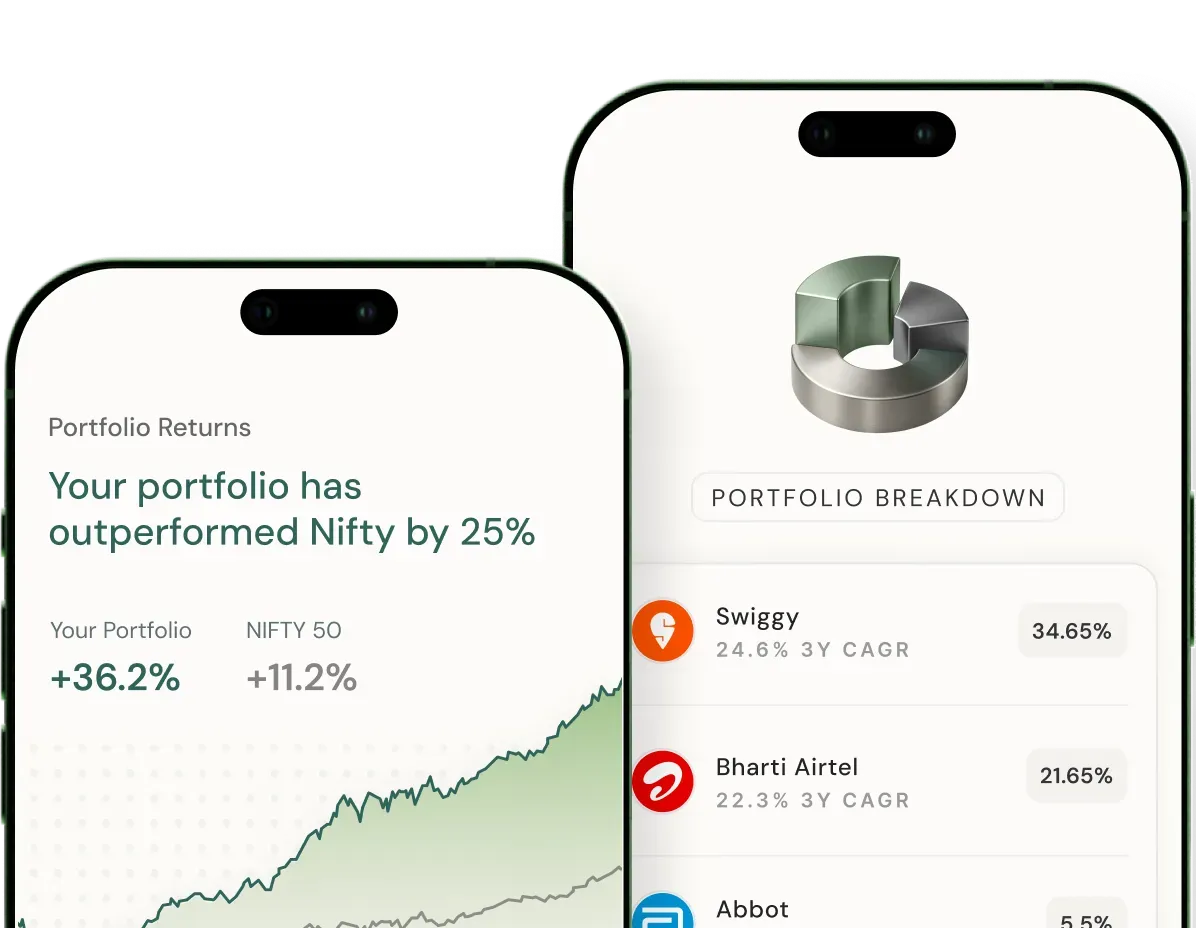Table of Contents
View All ![]()

View All ![]()
Target Date Fund Overview
How Do Target Date Funds Work?
Example of Target Date Funds
Pros and Cons of Target Date Funds
Conclusion
When planning for your financial future, simplicity often makes all the difference. Target date funds (TDFs) are one such investment option designed to grow with you as you approach a specific financial goal, like retirement. These funds automatically adjust their asset allocation over time to suit your changing risk tolerance. This blog will explain what target date funds are, how they work, their pros and cons, and how you can invest in them.
A target date fund (TDF) is a type of mutual fund designed to simplify investing for a specific goal. Whether you’re saving for retirement, a child’s education, or any long-term financial milestone, TDFs align their strategy to the year of your goal.
The “target date” in the fund’s name refers to the approximate year when you’ll start needing the money. For example, if you’re planning to retire in 2045, you might choose a “2045 Target Date Fund.”
These funds start with a higher allocation to growth-oriented assets like stocks and gradually shift towards more conservative assets like bonds as the target date nears. This automatic adjustment, known as the glide path, ensures your investment aligns with your changing risk tolerance over time.
Target date funds are simple and flexible investments designed to match your financial timeline. These funds aim to grow your money early and protect it as you approach your target date, such as retirement or any major life goal.
When you invest in a target date fund, the fund manager follows a set strategy. At the start, your money is heavily invested in growth assets like stocks, which have the potential for higher returns. This is because you have more time to recover from market ups and downs.
As the target date gets closer, the fund automatically changes its investment mix. It gradually moves away from high-risk assets like stocks to safer ones like bonds or cash. This shift, called asset reallocation, helps to protect your money from sudden market changes as you near your goal.
The best part? You don’t have to do anything yourself. Professional fund managers handle the adjustments for you. The fund also keeps your investments balanced, ensuring they align with your timeline and financial needs.
In short, target date funds offer a hands-free way to invest, automatically adapting to your life stage and financial priorities over time. They are ideal for long-term planners who want simplicity and expert management.

Target date funds are widely available in India, and they cater to specific investment timelines. For example, let’s consider a “2030 Target Date Fund.” This type of fund is designed for investors planning to retire around the year 2030.
In the early years, the fund invests more in equity or stocks, aiming for higher growth. As 2030 approaches, the fund gradually shifts its focus to bonds, debt securities, or cash, reducing risk. This automatic adjustment ensures that the portfolio aligns with your changing financial needs over time.
Popular mutual fund houses, like ICICI Prudential and HDFC, offer target date funds. These funds have different target years, such as 2025, 2035, or 2045, allowing investors to choose based on their goals.
Target date funds are commonly used for retirement planning but can also be tailored to other major financial milestones like children’s education or marriage.
Also Read: How to Choose the Right Mutual Fund in 5 Steps
Target date funds (TDFs) are popular for their convenience and professional management, but like any investment, they have their strengths and weaknesses.
| Pros | Cons |
| TDF automatically adjust investments based on your timeline. | They assume all investors have similar risk tolerances and goals. |
| Experienced managers handle your portfolio, saving you time and effort. | Some TDFs charge higher fees compared to index or passive funds. |
| They invest across multiple asset classes, reducing overall risk. | Investors can’t customise the fund’s strategy to their specific preferences. |
| Risk reduces over time with a gradual shift to safer assets. | TDFs are not immune to market fluctuations and can incur losses. |
| Convenient for Long-Term Goals | Returns depend on the fund manager’s strategy, which may not always perform. |
Target date funds are a great option for investors who want a hands-off approach to long-term goals like retirement. They simplify investing by automatically adjusting the portfolio as you near your target year. However, they may not suit everyone due to their one-size-fits-all approach. Always consider factors like expense ratio, glide path, and fund performance before investing. With proper research and planning, TDFs can be a valuable addition to your investment strategy.

A seasoned investment professional with over 17 years of experience in AIF and PMS operations, investments, and research analysis. Abhishek holds an Executive MBA from the Faculty of Management Studies, University of Delhi, and has deep expertise in securities analysis, portfolio management, financial analytics, reporting and derivatives.
Disclaimer: This information is for general information purposes only. Investments in the securities market are subject to market risks, read all the related documents carefully before investing.
Impress your coworkers with your finance insights


20 MinsMutual Funds
A Beginner's Guide to Mutual Funds in 2024

8 MinsSIPs
How SIPs Help You Beat the Market with Rupee Cost Averaging

11 MinsSIPs
SIP vs. Lumpsum Mutual Fund Returns: Which is Better?
Scan this QR to download the App

